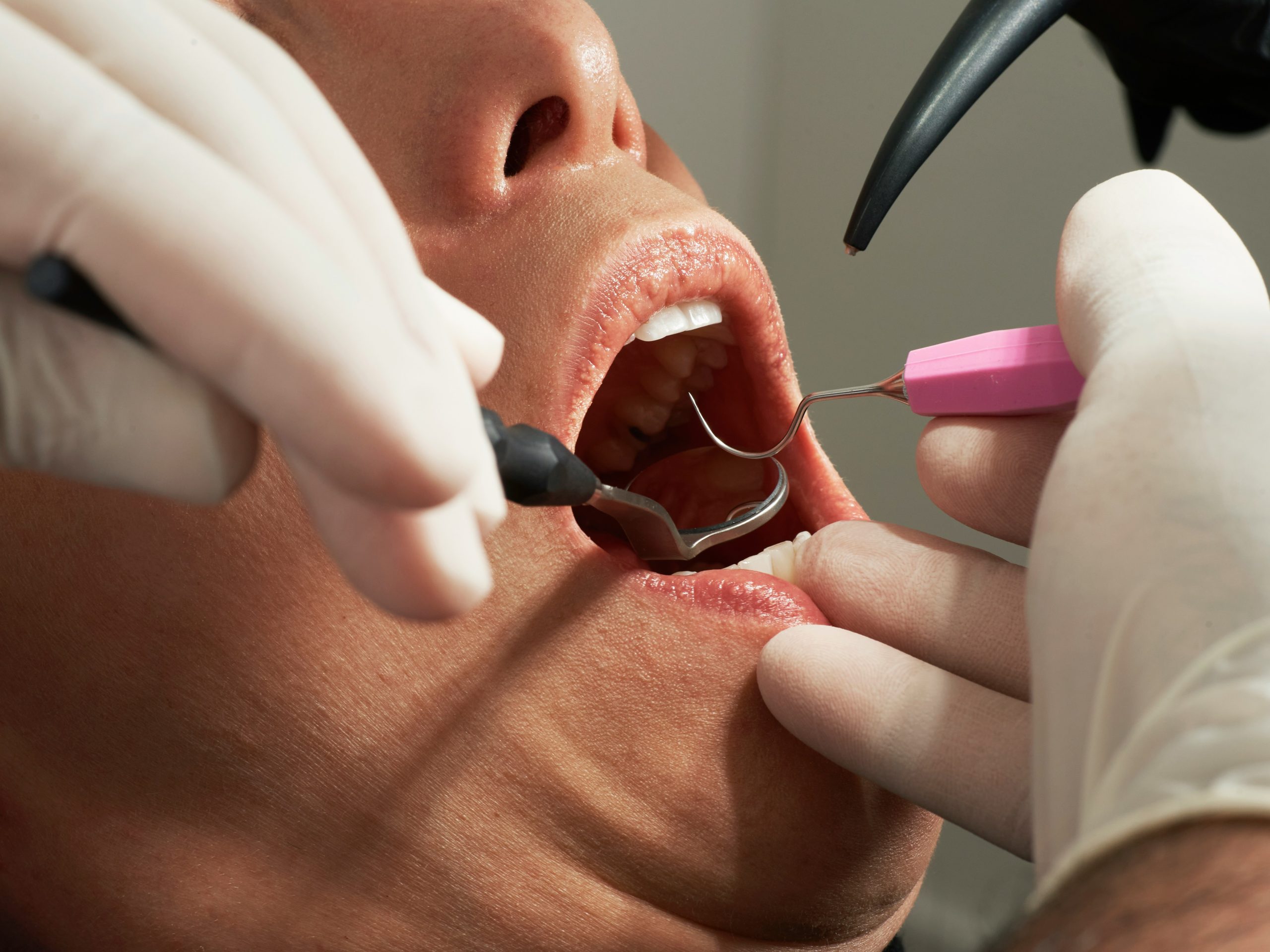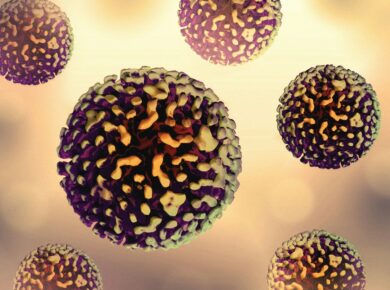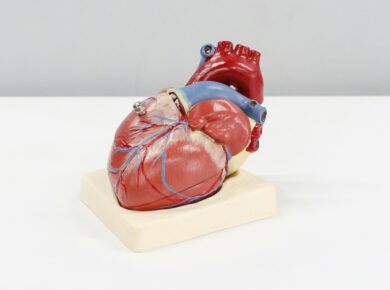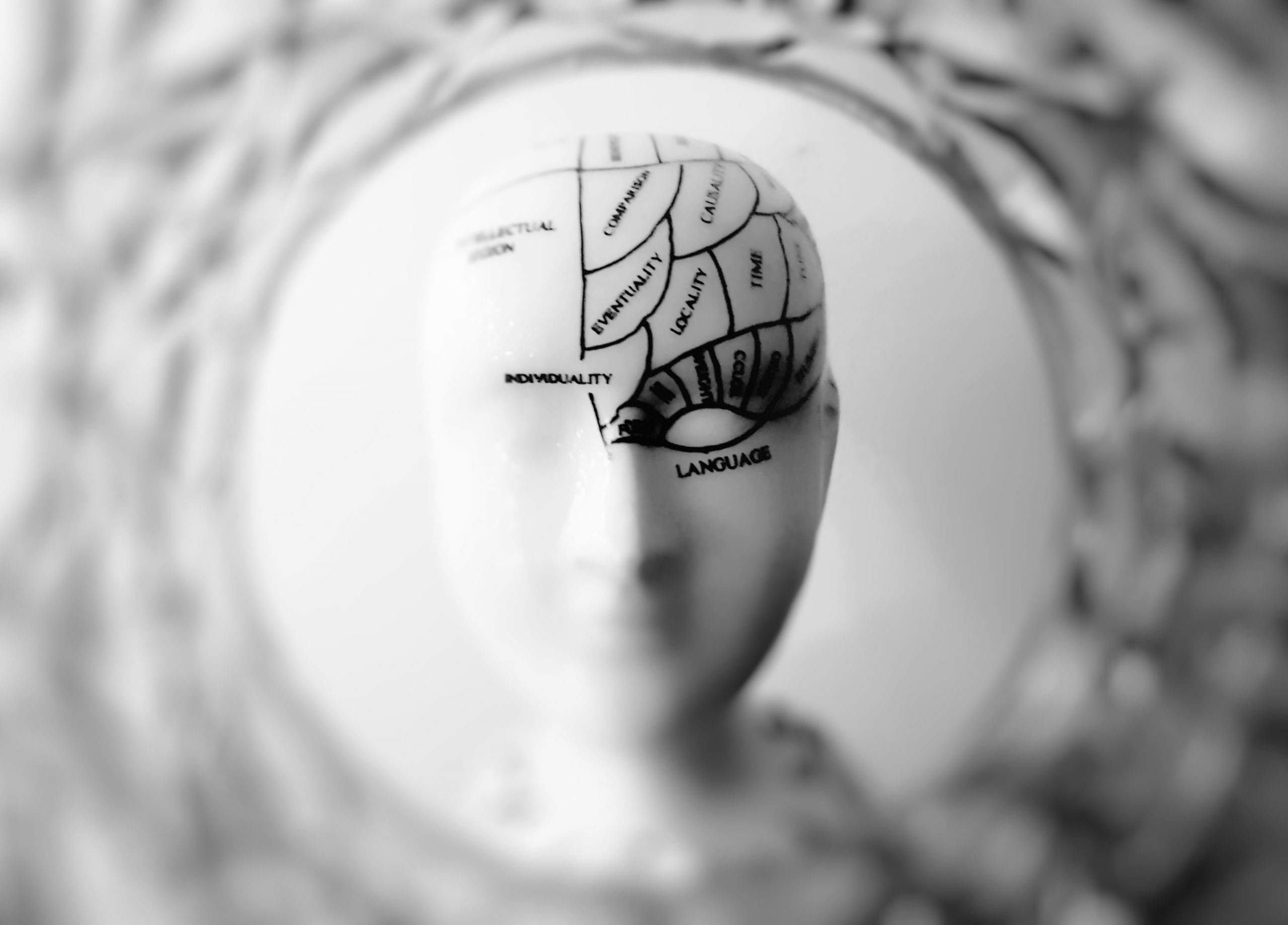Tissues result in local cellular injury due to competitive metabolism, toxins, intracellular replication or antigen-antibody response. Infections of the orofacial and neck region, especially of odontogenic origin, are prevalent.
It ranges from periapical abscesses to superficial and deep neck infections. The infections spread via the path of least resistance through connective tissues and along facial planes. Early recognition and prompt treatment are essential.

Nursing Care in Orofacial Infections
Aetiology
Odontogenic
Traumatic
Implant Surgery
Reconstructive Surgery
Infection from contaminated needle punctures; others, such as infected antrum, salivary gland afflictions
Secondary to oral malignancies
Pathway of Odontogenic Infection
Invasion of the dental pulp by bacteria after tooth decay
Inflammation, oedema and lack of collateral blood supply
Reservoir for bacterial growth (anaerobic)
Periodic egress of bacteria into the surrounding alveolar bone
Spread of orofacial infection
- By direct continuity through the tissues
- By lymphatic to the regional lymph nodes and eventually into the bloodstream
- By bloodstream
Stages of Infection
The odontogenic infection passes through 3 stages before undergoing resolution.
STAGE I: Occurs during the 1st-3rd day. There is a soft swelling, mildly tender and doughy, inconsistent.y
STAGE II: Occurs between 5th-7th day. The centre of the underlying abscess undermines the skin or mucosa,sa making it compressible. The underlying pus may be seen through the epithelial layer, making it fluctuant.
STAGE III: There are resolutions of the abscess which may occur spontaneously or after surgical drainage. During resolution phases, the involved region is firm on palpation due to the removal of tissues and bacterial debris.
Clinical features/presentation of infection in the oral cavity: Redness, Swelling, Pain
Heat/Warmth
Loss of function (difficulty in mastication, swallowing and respiratory embarrassment), Pyrexia, Lymphadenopathy, Presence of Halitosis
Difference between Cellulitis and Abscess
ABSCESS- A pathological thickened tissue cavity filled with necrotic tissue, bacteria, and leucocytes caused by focal localised collections of purulent inflammatory tissue and suppuration from infection in a buried tissue organ or confined space.
Cellulitis is a diffuse subcutaneous or submucous inflammation of soft tissues which is not circumscribed or confined to one area to one area but, in contradiction to the abscess, tends to spread through tissue spaces and along fascial planes.
General Management
Immediate hospitalization
HOSPITAL ADMISSION
Fever>38℃
Dehydration
Impending airway compromise
Threat to vital structures
- Infections of the deep cervical space or the masticator space
- Need for general anaesthesia
- Need for inpatient control of systemic disease
Supportive Therapy
- Administration of antibiotics (A/Bs)
- Hydration of patients through the IV route
- Nutrition-maintain adequate nutritional status, and high protein intake through Ryle’s tube feeding
Analgesic
Bed rest
Application of heat in the form of a moist pack and/or mouth rinses
Surgical Management
Extraction of the offending tooth/teeth
Incision and drainage
A combination of both
Complications of Oro-Facial Infection
Periapical abscess
Ludwig Angina
Cavernous Sinus Thrombosis
Necrotizing Fascitis
Dento-alveolar abscess
Cellulitis
Orbital infection
Osteomyelitis
Osteoradionecrosis
Nursing Care In Ablative Surgery And Reconstruction
Tumours or Neoplasia: Abnormal, excessive proliferation of tissues which is uncontrolled and uncoordinated with that of the normal tissue. Even after the provoking stimulus has stopped, the proliferation of abnormal cells continues.
Benign Tumor
Grows slowly and is usually encapsulated; it enlarges by peripheral expansion, pushes away the adjoining structures and exhibits no metastasis, though it may be locally aggressive·
It takes a very long time. It is usually painful when it is second. Malignant Tumour: Rapidly infiltrates the surrounding tissues, including vital structures and endangers the life of its host.
It shows metastasis in distant parts of the body, usually ththe rough lymph nodes and bloodstream. It is very painful.
Habits such as tobacco chewing and smoking have been associated with the development of tumours. Viruses, fungi and bacteria have been implicated; radiation exposure, some occupations, environmental toxins, alcohol and genetics have been implicated in the cause of tumours.
Management: Take a comprehensive History
Duration: Prolonged duration may be congenital neoplasia; long duration without pain is usually benign, while short durations with rapid growth are malignant.
Mode of Onset and Progress: History of trauma (osteogenic sarcoma);
spontaneous swelling and rapid growth-malignant
slowly growing lesion-benign
Exact size and shape: for a huge swelling, it is important to know where it started from and the shape
Progress of Lesson: Slow growth, continuous increase in size-malignant slow then rapid growth may be a malignant transformation of a benign tumour
Change in character of a lesson:
Ulceration
Fluctuation
Softening
Painless initially, then becomes painful
- Secondary infection
Associated symptoms
Pain, loss of function, loss of sensation, anaesthesia, paresthesia, dysphasia, nasal obstruction, breathing difficulty, tenderness, lymphadenopathy, restriction in mouth opening or trismus, similar swelling in another part of the body, loss of body weight(malignant growth)
Reoccurrence (Re-occur after a previous surgery of the same lesion)
Inspection
Clinical Exam
Palpation
Imaging
Inspection
Number(single or multiple)
Size
Site(localised or diffuse)
Shape (ovoid, spherical, etc.)
Colour(red/purple-hemangioma, Blue-Ranula)
Surface (smooth, lobulated(benign); irregular, ulcerated, fungating(malignant))
Pedunculated or sessile
The skin over the swelling (Red, hot skin will support secondary infection)
Palpation
Consistency
Presence of Pulsation
Fixity
Lymph node exam
Imaging
Plain radiography
A computed tomography scan (CT scan) is used to determine the exact extent of the tumour
Bone scan/scintigraphy (to check distant metastasis)
Magnetic resonance imaging (MRI)- to know soft tissue extensions and lymphadenopathy
Angiography for vascular tumours
BIOPSY
Exfoliative cytology
Aspiration Biopsy
Fine needle aspiration cytology(FNAC)
Excisional biopsy
Incisional Biopsy
Surgical Management
Enucleation
*Document
Curettage
Marsupialization
Recontouring
Resection without continuity defect(marginal resection)
Resection with continuity defect (inferior body of mandible involved)
*Psychological Care
*Confide in the Mase
*Share experience with them
Bea d consequences $ outcome of d procedure
Preventive Restoration
Additional types of preventive restorations have been introduced to deal with more extensive caries in isolated pits and fissures. These include
Glass ionomer preventive resin restoration.
Glass ionomer preventive restoration.
Sealant amalgam restoration.
Restorations
Posterior Composite
Amalgam restoration
Glass Ionomer restoration
Glass Ionomer resin restorations
Glass Ionomer/Posterior Composite Restoration
Amalgam And Sealant Differences
A preventive technique where there is considerable loss of tooth structure minimal tooth loss
Replacement of defective amalgam
With sealant loss, reapplication of restoration results in a greater loss of sealant material can be accomplished, tooth structure allowing for continued caries protection and maintenance of an intact tooth structure.
The time taken to place a restoration is the time taken for sealant placement is less or more.
Less technique sensitive
Highly technique sensitive
Cost-effective for shorter duration
Cost-effectiveforn longer duration
Atraumatic Restorations
Removal of soft, demineralised tissue of the teeth using a hand instead, followed by the restoration of the teeth with an adhesive restorative material, generally glass commencement in areas where electricity is not available or areas which have electricity but where the community cannot afford expensive dental equipment.
ART provides care for decayed teeth, which is non-threatening, low-cost cost and can prevent extraction in most cases. Read more similar posts on our medicine and health page of the site.
Goals
- Preserving the tooth structure
- Reducing infection
- Avoiding discomfort
Principal
Restoring the cavity with glass ionomer
Community field studies with Atraumatic Restorative Treatment
The ART approach was pioneered in Tanzania in the mid-1980s, which was followed by several community field trials conducted in Thailand, Zimbabwe and Pakistan in 1991.1993 and 1995, respectively.
Indications
- Limited access to traditional care
- Pediatric and Geriatric care
- Carries risk management
- Extreme dental fear/anxiety management
Reason for using a hand instrument
It makes restorative care accessible for all population groups
The Use of the biological approach,whichc, requires minimal cavity preparation the preparation which conserves sound tooth tissue and causes less trauma to the teeth.
The limitation of pain reduces the need for local anaesthesia to a minimum and reduces psychological trauma to the patient
Simplified infection control. Hand instruments can be easily cleaned and sterilised after every patient
Instrument Used for Art
Instruments
Materials
Other
Mouth Mirror
Colton wool roll
Examination gloves
Focus
Explorer
Colton wool pellet
Mouth mask
Pair of tweezers
Clean water
Operating light
Dental hatchet
Glass-ionomer
Focus
Operative
bed/headrest
restorative material
extension
Spoon excavator
Liquid powder and
Stool
Focus
small
measuring spoon
Spoon excavator
Dentine
Methylated alcohol
medium
Focus
conditioner
Spoon excavator
Petroleum jelly
Pressure cooler
large
Applier/carver
Wedge
Focus
Instrument forceps
Glass slab or
Plastic strip
Soap and towel
paper mixing pad
Spatula
Articulation paper
Focus
Sheet of textile,
sharpening stone and oil
Reason for using GIC
The GIC sticks chemically to both enamel and dentine
ART should not be used when
There is the presence of swelling (abscess)or fistula near the carious tooth
Focus
The pulp of the tooth is exposed
Teeth have been painful for a long time, and there may be chronic inflammation of the pulp.
What to do before applying to ART
Arrange a good working environment in and outside the mouth
Select and use the correct instrument
Focus
Control cross-infection
Use the GIC
Application of ART
Isolate
Access
Focus
Excavate
Condition
Insert
Press
Remove excess










